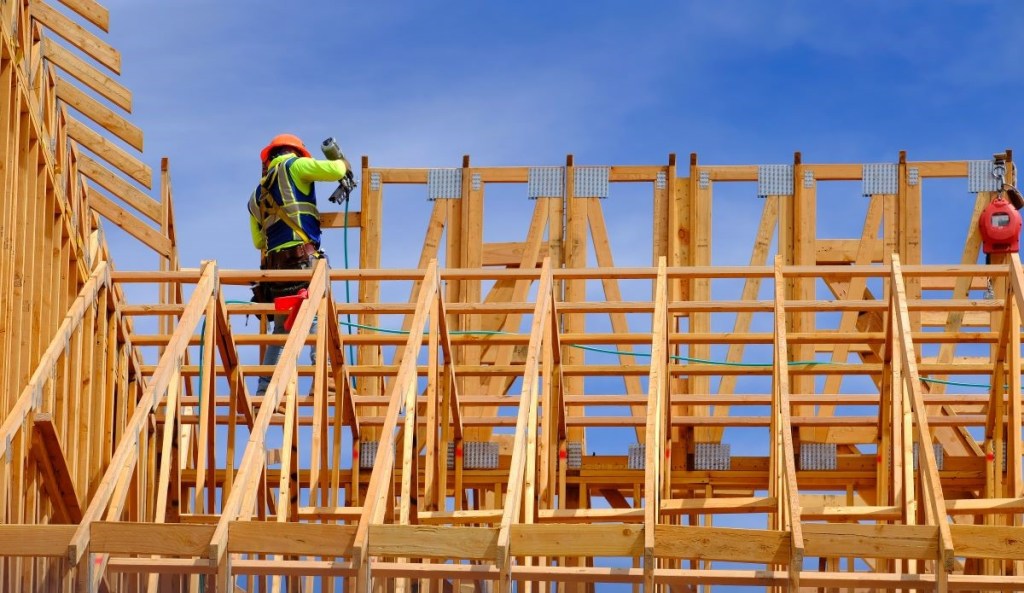New home sales grew over last month in the latest Census report, but homebuilders are now facing a supply issue — their inventory is building up. This is the reason why housing starts are at recession levels today.
Monthly new home sales have been stagnant for the past two years. When mortgage rates decline, sales improve, but it becomes more challenging for builders and buyers when rates rise. Housing starts and permits are in a recession today while the number of completed units from homebuilders is increasing. This situation poses a risk to construction labor in 2025. I wrote about why this presents a housing recession risk for the Federal Reserve.
As mortgage rates keep increasing along with supply, this doesn’t bode well for housing starts growing meaningfully. Is 2025 the first year we start losing residential construction jobs? Earlier this year, mortgage rates were trending at 7.50%; during that time, we received one negative monthly residential construction labor report. Recently, mortgage rates dropped back down to 6% but have now risen above 7%.
This issue extends beyond just housing. With private payroll growth slowing and mortgage rates rising, there is increasing pressure on the Federal Reserve and the unemployment rate for the upcoming year, especially if we see job losses among residential construction workers. Historical trends in economic cycles are clear: when housing permits and housing starts decline together, residential workers often lose their jobs at some point in the future, typically before the economy enters a recession.
As shown in the chart below, the Fed has repeatedly overlooked this red flag in previous cycles.
Let’s dive into today’s report and uncover where we stand in the cycle. It’s always good to see how the pieces fit together and what insights we can glean from the latest data.
From Census: New Home Sales: Sales of new single-family houses in November 2024 were at a seasonally adjusted annual rate of 664,000, according to estimates released jointly today by the U.S. Census Bureau and the Department of Housing and Urban Development. This is 5.9 percent (±18.6 percent)* above the revised October rate of 627,000 and is 8.7 percent (±19.3 percent)* above the November 2023 estimate of 611,000
The charts below provide insight into the current state of the new home sales market. New home sales appear to be somewhat range-bound, even as inventory is increasing and homebuilders are experiencing a decline in pricing power, particularly in the South.
Builders have been managing the situation by offering lower mortgage rates, but this strategy could become costly as their profit margins are squeezed. It doesn’t help that mortgage rates have risen recently. Unlike the existing home sales market which is working from record lows, the new home sales sector never had that massive decline, so the bar is higher here.
We currently have 120,000 completed units available for the homebuilders to sell. While this number may not seem substantial, it leads builders to be more cautious about issuing new permits. Additionally, builders still have a significant number of homes that they haven’t started yet, so they need more clarity regarding mortgage rates before they decide to issue additional building permits for single-family homes.
While new home sales did see an uptick in this latest report, there are signs of trouble ahead, particularly if mortgage rates continue to rise. Over the past two years, new home sales have significantly outperformed the existing home sales market. Even the latest MBA purchase application data shows year-over-year growth for new homes. However, the focus here is on supply and margin pressure.
Why is this important? Because homebuilders are not the March of Dimes — they monitor their gross margins and future sales. It makes sense why housing starts and permits are at recession levels: The builders were correct in not issuing more permits for single-family homes and apartments because there would be more gross profit margin pressure on the horizon if they did.






